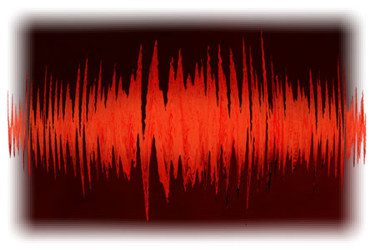A Non-Technical Introduction To Noise, Linearity, Dynamic Range, And The Role Of Components In Receiver Performance
By Doug Jorgesen

Microwave and RF engineers face unique challenges in visualizing and managing system performance, particularly regarding noise, nonlinear distortion, and signal integrity. Unlike other engineering fields, RF systems operate within the electromagnetic spectrum, making it challenging to intuitively interpret system outputs without computer processing. Marki Microwave’s customers often design high dynamic range receivers to detect otherwise invisible RF signals, with stringent requirements on signal quality and reliability.
The primary specifications that affect signal quality in RF systems include noise, nonlinear distortion, and linear distortions. Noise in electronics, unlike the general concept of background sound, involves random signal fluctuations that limit the lowest detectable signal power, impacting the signal-to-noise ratio. Nonlinear distortion, often seen when input power exceeds a component’s capacity, generates harmonics and can distort high-power signals. Signal integrity encompasses both noise and distortion effects, as well as linear distortions like echo and dispersion, which impact overall clarity.
To quantify these factors, Marki’ Microwave's components are specified with parameters like noise figure, power compression, intercept points, return loss, and group delay flatness. By understanding these performance metrics, engineers can better assess how components will perform within their systems, ultimately achieving greater signal integrity and system performance. Marki Microwave’s focus on high-performance components supports RF system designers in pushing the boundaries of signal fidelity and operational reliability across advanced applications.
Get unlimited access to:
Enter your credentials below to log in. Not yet a member of RF Globalnet? Subscribe today.
